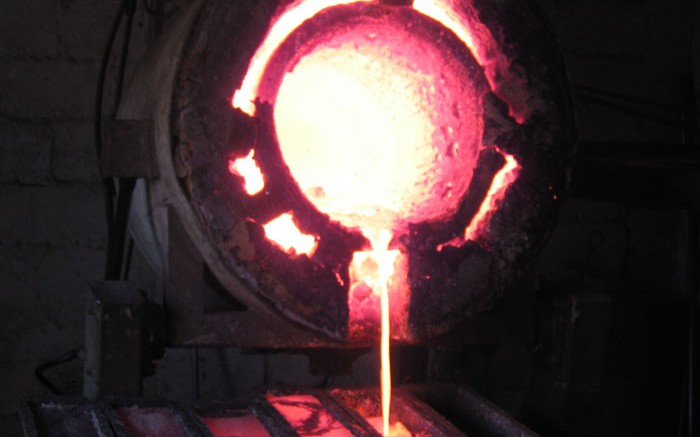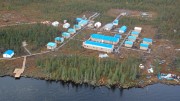The latest silver-market review by Thomson Reuters GFMS shows that silver has been charting its own path this year amongst the precious metals.
GFMS estimates that silver mine production will surge 4% in 2013 to 814.6 million oz. from 787 million oz. last year, though this will be offset somewhat by an 8% contraction in silver scrap supply to 234.2 million oz. The largest increases in mine supply came from the U.S., Mexico and the Dominican Republic.
On the cost side, GFMS estimates average cash costs this year for miners globally of US$9.50 per oz. silver, versus US$8.90 in 2012.
Silver spot prices have averaged US$24.51 per oz. in the first 10 months of this year, down 20.7% from 2012, when they averaged US$31.13 per oz.
GFMS blames much of the price decline on the same factors that hurt gold, including expectations of a winding down of the U.S. Federal Reserve’s quantitative easing program.
And yet there are significant divergences with gold. One of the greatest areas of rising silver demand has been in India, with silver benefiting as a substitute for gold in jewellery and silverware. The shift is the result of India’s finance ministry hiking gold-import duties several times, and bringing in other restrictions in the gold trade in order to tame growing trade deficits.
GFMS further highlighted the differences between silver and gold in Exchange-Traded Funds holdings. While gold ETFs have suffered outflows throughout 2013, silver ETFs have grown and reached a record high of 655 million oz. on Oct. 31.
Demand for silver coins and medals has also been unusually strong, and GFMS expects it to rise 19% year-over-year to a stellar 110.5 million oz. silver, or a full 10.5% of total silver demand.
• New statistics from the TSX Venture Exchange confirm what we all know: the juniors are in a serious slump. While the stats are grim, they do show an improvement over the market bottom at mid-year.
The S&P/TSX Venture Composite Index is at 929.59 — a dreary number compared to the index’s post-recession high of 2,440 in March 2011 — but it’s still an 8.2% improvement over its June 26 low of 859.31.
The index sunk as low as 686.02 in December 2008 during the financial crisis, after reaching a pre-recession peak of 3,361 in April 2007.
Trading volumes on the Venture have also picked up. In October 2013, trading volume was up 14% from the month before at 3.2 million — a 39% improvement from June.
Trading value on the exchange was up only slightly — 3.7% — from the month before at $1.2 billion. That’s still up 58% from the June figure of $761 million.
The average price per share traded on the exchange, however, continues to languish. In October, the average price was 36¢, down 10%, or 4¢, from September. That figure is off 29.4% from last October’s average of 51¢, and only a modest improvement from the 33¢ average price per share traded in June.
Money raised through equity financings rose 361.4% in October over September. But that increase came from larger financings by energy and tech companies, in particular, a $450-million private placement by Africa Oil.
There were 154 financings in October (raising $789 million, or $339 million, excluding the Africa Oil financing); compared to 122 in September (raising $171 million) and 117 in June (raising $160 million).
Overall, more than two years into the current bear market, the figures point to a junior-mining sector that’s still weak, but no longer deteriorating.
As juniors have resorted to dilutive, sub-$500,000 financings at cents per share, larger financings have also suffered.
At a presentation in Toronto last month, Peter Gordon, a managing partner at Brookfield Asset Management, quoted numbers from CIBC on mining-sector financings over $10 million. Such financings, raised on Canadian exchanges, are expected to total $2 billion this year, down 78% from the five-year average of $9.3 billion.






Be the first to comment on "Editorial: Silver goes its own way"